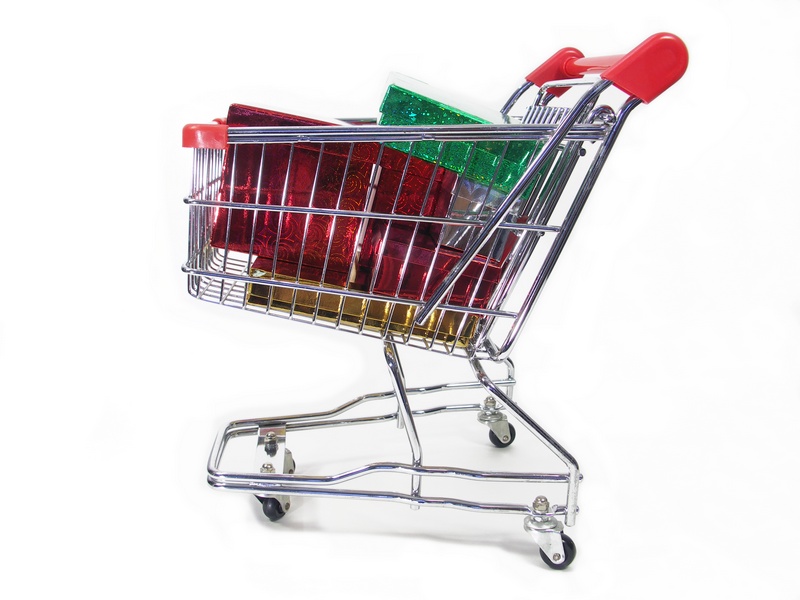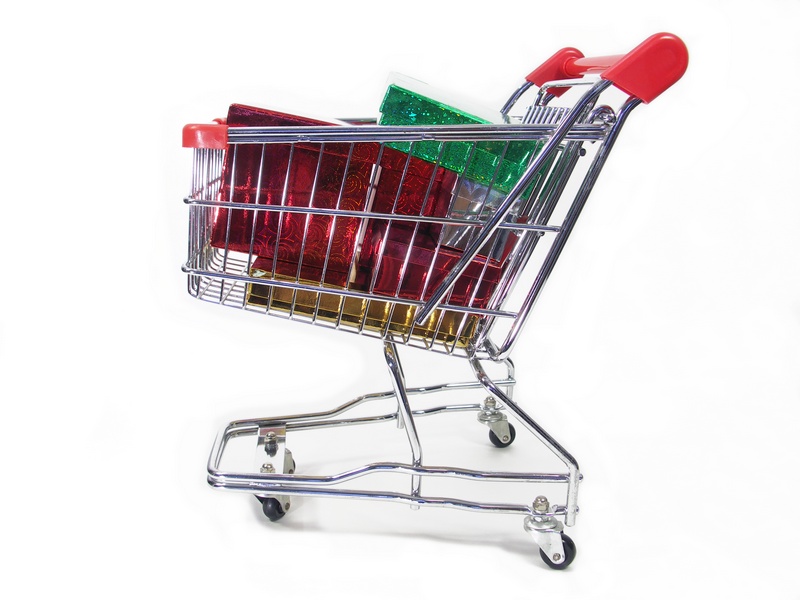
Ecommerce websites require a lot of ongoing maintenance and SEO to function properly and keep customers interested. The biggest focus with ecommerce SEO is usability—everything revolves around it. If people can’t easily load your site and shop around, they’re going to leave.
According to KISSmetrics, 40% of shoppers abandon websites that take longer than 3 seconds to load and 79% of dissatisfied shoppers are less likely to buy anything from that site again. Companies depend on repeat buyers to last so making sure their online experience goes well is crucial to a healthy business.
There are three areas to focus on when it comes to websites, and especially so for ecommerce SEO: technical, content, and social.
Technical Health
In order to have a functional website that runs smoothly, the technical health of a website must be addressed first. There are various aspects when it comes to technical health that contribute to the overall experience of the customer and fluidity of the shopping experience. These are the things to address with each website first.
Indexing
If people can’t find your website through a search engine, you might as well be throwing money out the window. Be sure that it’s indexed with Google and a UA code properly applied to the <head> of the website. Often, this code is placed outside the <head>.
Next, check your robots.txt file and review which pages you’re allowing Google to crawl and which to block. With ecommerce, block any login pages and pages that contain private information as well as admin pages on the backend. This way, the pages you want to show up on Google is possible.
Site Speed
With 52% of online shoppers stating that quick page load time is important to their loyalty (KISSmetrics), having a fast loading website is critical. Run your site through a page load time tool and if it’s 3 seconds or more, there are definitely plenty of things you can do to reduce that load time.
Factors that contribute to page load time are size of images, JavaScript, CSS, caching, html, tap targets, compression, server response time, above the fold content, and font size. A discussion with your web developer should help clarify fixes for these.
Mobile
Mobile usage is on the rise and is only expected to increase exponentially. Many people are more able to justify purchasing a smart phone than a computer or tablet due to the lower expense and multipurpose uses. Not only are people using their phones to look up places to go, they’re also comparison shopping in store while on their phones.
Shoppers are also purchasing directly from their phones. If your website doesn’t have responsive design or has an optimized mobile site, it’s time to make that a priority. Read more about how Digital Marketing Helps Increase In-Store Sales here.
Duplication
A big mistake that sites make is having duplicate content. This can range from having duplicate pages to duplicate meta tags to duplicate manufacture descriptions. Google crawls every site and if there’s anything Google hates, it’s duplicate content. Go through and identify duplicate content throughout your site. Even if it’s more than six of the same words in a row, it’s duplicate.
For some pages, retailers need to repeat information such as sizing guides, etc. and a way to combat this from looking like a duplicate page is to fill it out with more content. Often, product pages have very little text in there, relying on images to sell the product. All products should have unique content and content that piques the interest and concerns of the buyer. Don’t just copy what the maker wrote.
Faceted Navigation
When the customer is on your site, make it easy for them to find what they’re looking for. Faceted navigation is meant to make things simpler but can often be made more complicated. Organize products into logical categories in a way that reflects a URL hierarchy. Look at it like you’re going to the library. I want fiction vs. non-fiction, horror vs. romance, zombies vs. vampires.
Setting up product pages with categories is incredibly helpful as another method of helping the customer narrow their search. The more intuitive, the better.
Site Search
Having a search bar on your ecommerce site makes it even easier for customers to look up products. A big mistake sites make is not allowing broad searches to bring up results. Some require very specific searches, which customers may not know the information for such as SKU numbers. Check out your search exit rates to figure out how helpful the search bar actually is and how much improvement is needed.
Errors
Every website has errors, it naturally happens as people are searching for things. Keep an eye crawl errors and fix any 404s or 500 errors that pop up. Correct missing products, deleted products, and address out of stock items. If you leave out of stock item pages live, be sure to offer similar products, announce when it will be back, or allow backorders. If any are discontinued, redirect those products to similar ones in stock.
URLs
URLs need optimization and created in a readable manner. Products should be linked to their product categories and customers should be able to see where they came from. For example, search engines and people benefit more from a URL such as http://www.example.com/shirts/i-love-bunnies-tee/ rather than http://www.example.com/home/page/index.html?width=bunnies13526. Clean up URLs to cut down on 404s, redirect them, and make customers and Google happy.
Optimization
In addition to optimizing URLs, meta tags, content, images, and video need optimization too. Keywords are still important but they should not be stuffed. Instead, they are placed to help people quickly read and confirm that they are where they ought to be. With the many pages that ecommerce sites have, you can prioritize by focusing on the popular pages instead of the queries.
Pagination
Pagination is used to break up large pieces of content into multiple pages that are easier to digest. In the case of ecommerce sites, it’s great for flipping through pages of products. Since these product pages have generally the same type of content, pagination is required to direct the link juice to the first page and not view them all as completely separate pages, in which case, each page would need unique meta tags and content.
User Experience & Security
All of the above support the user experience of the shopper on the website carried through the checkout process. Often times, the checkout process is overlooked and many people drop out here, some fueled by their fears with the security of the site. Have people test the checkout and see what improvements can be made.
Security with ecommerce is incredibly important to people, especially with the large potential for hackers. Take extra care to see that the security of your site complies with security standards and there are no holes that hackers can easily gain access to. Then feel free to flaunt website security badges around the site.
Content Strategy
When people go shopping, online or in person, they consider, evaluate, and buy…or don’t buy. Having a strong content strategy that brings products to life help guide the evaluation of the goods and reinforce the decision to buy. Those who buy and are their evaluations are confirmed, become advocates of the product and bond with the brand.
Keep the blogs regular and high-quality, speaking directly to your target. Here are some tips on What is Great Content: Tips for Writers.
Content also means all the “regular” pages on the site, starting with the home page. The home page needs to clearly describe the brand and the products. Give people access to seasonal products, look books, new goods, popular items, and sales.
On the product pages themselves, craft strong descriptions that highlight key benefits of each products with strong titles that aren’t just the item number. Provide clean, high-quality pictures, color options, sizing information, and similar products available.
Social Media Strategy
In addition to continually maintaining your ecommerce site, having a solid marketing strategy that involves social media is important to keeping your brand on people’s radar. Forty percent of companies use social media as their primary digital outreach tool (McKinsey Quarterly, April 2012, Demystifying Social Media). If your competitors are using social media, you better be too. If they aren’t, stay ahead of them by using social media to connect to your target.
Many people connect with brands on social media to form an ongoing relationship and brands benefit by the opportunity to speak directly to their target market. It’s an excellent way to provide customer service and give your brand an ongoing personality.
Reviews from social media such as Google+, Facebook, Yelp, help boost credibility and trust of your brand. Reviews onsite for each specific product is also very helpful for shoppers.
For ecommerce, Pinterest is your friend. Pinterest is the one social media platform where people go there expecting to be inspired to buy. Learn about How Pinterest Helps Businesses so you can take advantage of its benefits.
Together, technical health, content strategy and social media strategy create a trifecta for ecommerce marketing. None of these are a one-time task but ongoing and you can see why with the amount of effort required to maintain a working, successful site.
If you’d like any help with SEO for your ecommerce site, contact us today for a FREE SEO consultation.

